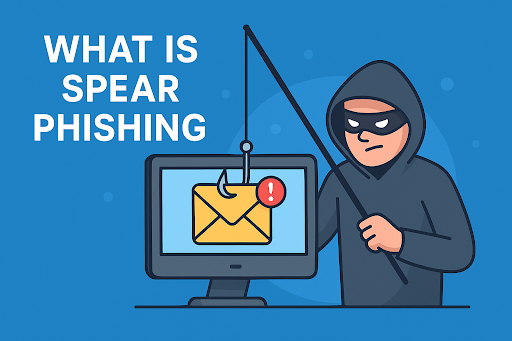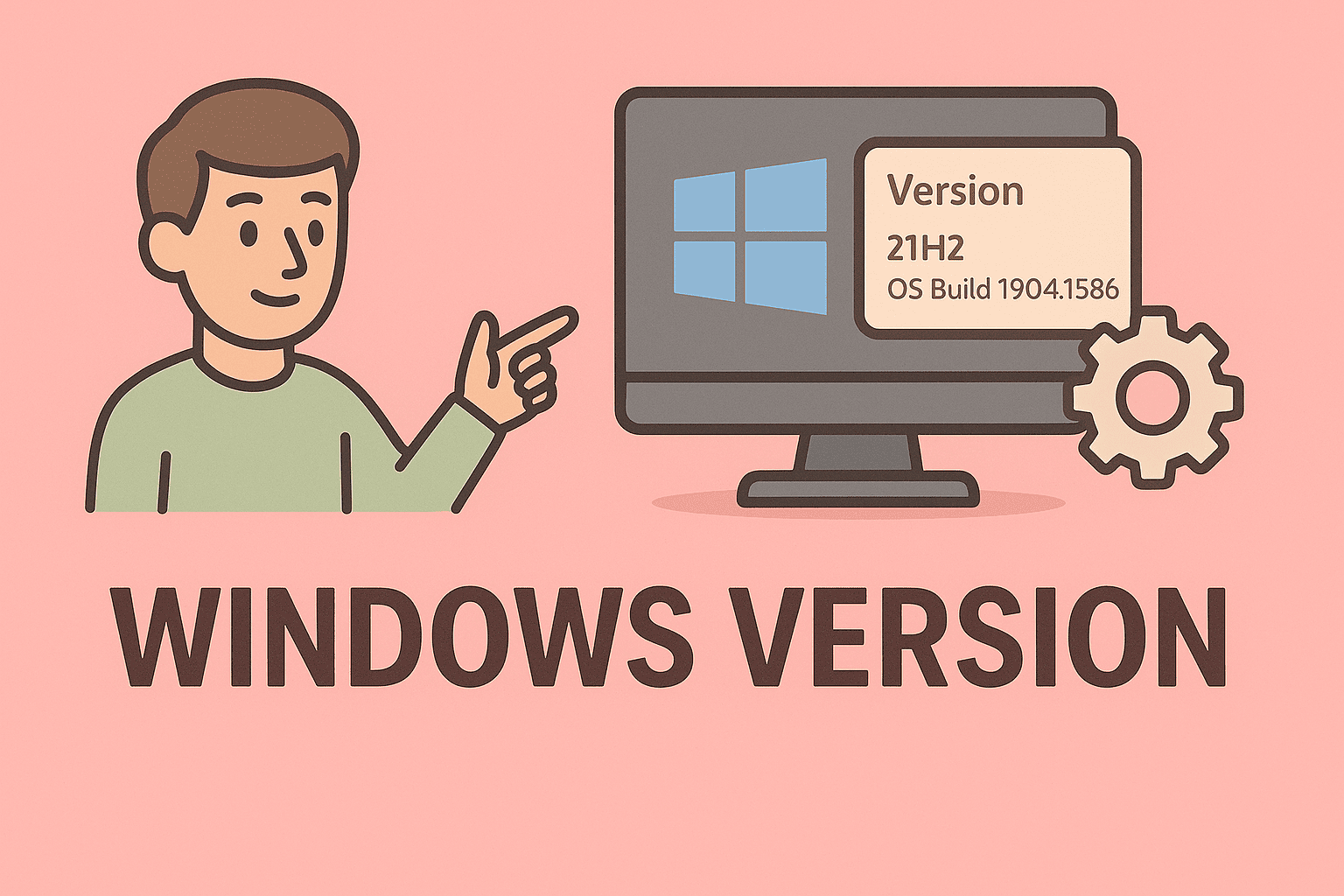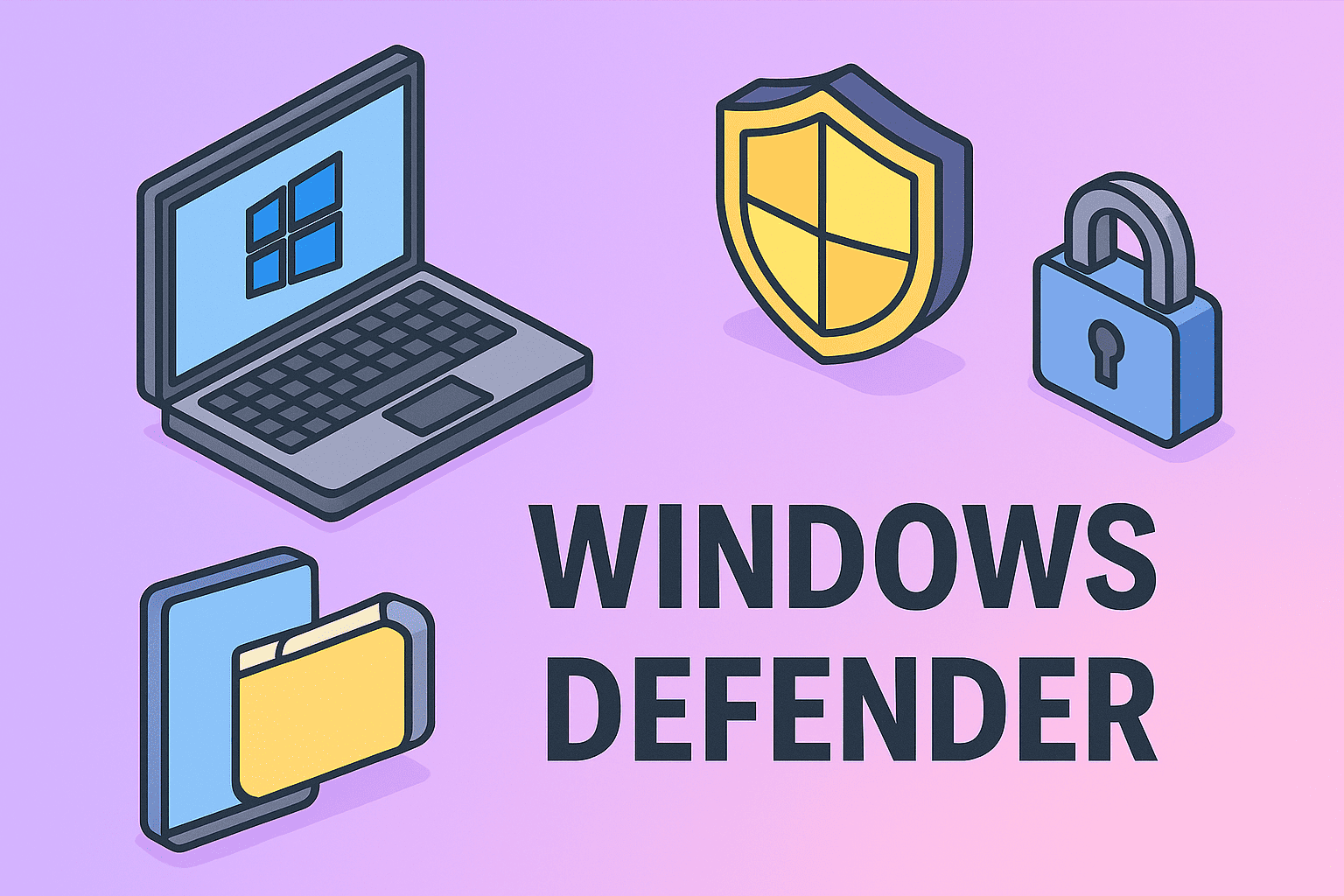What is Spear Phishing? A Clear Guide to Targeted Cyberattacks
Updated on June 2, 2025, by ITarian

Ever received an email that looked like it came from your boss, but wasn’t? Welcome to the world of spear phishing. These highly targeted attacks are deceptive, personal, and dangerous. So, what is spear phishing, and how can your team stay protected?
Let’s explore the definition, tactics, examples, and prevention strategies in plain terms.
Spear Phishing Definition: More Than Just Spam
Spear phishing is a targeted email attack that impersonates a trusted contact to trick victims into revealing sensitive information or taking malicious action.
Unlike generic phishing emails (which are sent to many recipients), spear phishing targets specific individuals within an organization—often high-ranking executives, finance personnel, or IT staff.
How It Works:
- Attacker researches the victim (via LinkedIn, company websites, social media).
- Crafts a believable email from a known sender (like a CEO or vendor).
- Lures the target into clicking a link, downloading an attachment, or entering credentials.
Primary Goal: Steal data, install malware, or initiate financial fraud.
What is a Spear Phishing Attack? Real-World Tactics
A spear phishing attack is more refined than a spammy phishing attempt. Attackers use personalization and urgency to trick even tech-savvy users.
Common Examples:
1. Fake Invoice Request
A finance manager receives an urgent request from a “vendor” asking to update banking details.
2. CEO Impersonation
An employee receives an email claiming to be from the CEO, asking them to purchase gift cards or share sensitive files.
3. Credential Harvesting
A user gets an email that appears to be from IT support, asking them to “reset their password” via a fake login page.
Key Characteristics of Spear Phishing:
- Highly personalized messages
- Professional tone and company-specific context
- Realistic sender addresses or domains
- Malicious links or attachments
Why Spear Phishing Is So Effective
Attackers play on human psychology:
- Urgency: “You must act now.”
- Authority: “This is from your boss.”
- Trust: “We’ve worked with this client before.”
Plus, traditional email filters often miss these emails due to their tailored content.
Who is Most at Risk?
While anyone can be a victim, spear phishing often targets:
- Executives (CEO, CFO, CIO)
- Finance departments
- HR personnel (for W-2 fraud)
- IT admins
Spear Phishing vs. Phishing: What’s the Difference?
| Feature | Phishing | Spear Phishing |
| Target | Mass recipients | Specific individuals |
| Personalization | Generic | Highly customized |
| Sophistication | Low to moderate | High |
| Objective | Broad theft or infection | Focused on data or financial gain |
How to Detect a Spear Phishing Attempt
Train your team to recognize red flags:
- Unusual email requests (money transfers, gift cards)
- Slightly altered email addresses
- Spelling errors or odd phrasing
- Unexpected attachments or links
Use tools like:
- Email authentication (SPF, DKIM, DMARC)
- Itarian Email Security Tools
- SIEM platforms for pattern detection
How to Prevent Spear Phishing Attacks
1. Implement Email Filtering and Authentication
- Use tools to verify sender legitimacy.
- Block spoofed or lookalike domains.
2. Train Employees Regularly
- Conduct phishing simulations.
- Share real spear phishing examples.
3. Use Multi-Factor Authentication (MFA)
- Prevents access even if credentials are stolen.
4. Segment Access and Privileges
- Limit what each user can see or do.
- Reduce the potential damage of a compromised account.
5. Monitor for Suspicious Activity
- Set alerts for high-risk actions.
- Use endpoint detection and response (EDR) tools.
What Happens After a Spear Phishing Breach?
If a phishing attempt succeeds:
- Isolate affected systems immediately.
- Reset compromised credentials.
- Notify stakeholders and follow incident response protocols.
- Conduct a post-attack analysis to identify gaps.
For IT Managers and Executives: What You Should Know
Spear phishing isn’t just an IT concern—it’s a business risk. It can:
- Trigger financial loss
- Cause legal issues (compliance violations)
- Damage brand trust
As a leader, ensure your team is armed with:
- Proactive cybersecurity training
- Intelligent threat detection tools
- An incident response plan
Final Thoughts: Be Prepared, Not Paralyzed
Now that you understand what spear phishing is, it’s clear that these attacks are more dangerous than they appear. They blend trust, urgency, and precision to trick even the smartest professionals.
But with layered defenses and strong cyber hygiene, you can stop them in their tracks.
👉 Protect Your Inbox with Itarian Today and build resilience against spear phishing threats.
FAQs About Spear Phishing
1. What is the main goal of spear phishing?
To steal sensitive information or gain unauthorized access by impersonating trusted contacts.
2. How is spear phishing different from regular phishing?
Spear phishing is highly targeted and personalized, while regular phishing is sent in bulk with generic messaging.
3. Can antivirus software stop spear phishing?
Not always. Antivirus may catch malware, but detecting targeted emails requires email filtering and user awareness.
4. What’s the best defense against spear phishing?
Security awareness training, MFA, and email security solutions like those from Itarian.
5. Are small businesses at risk of spear phishing?
Yes. Attackers often target small businesses due to limited security resources.














